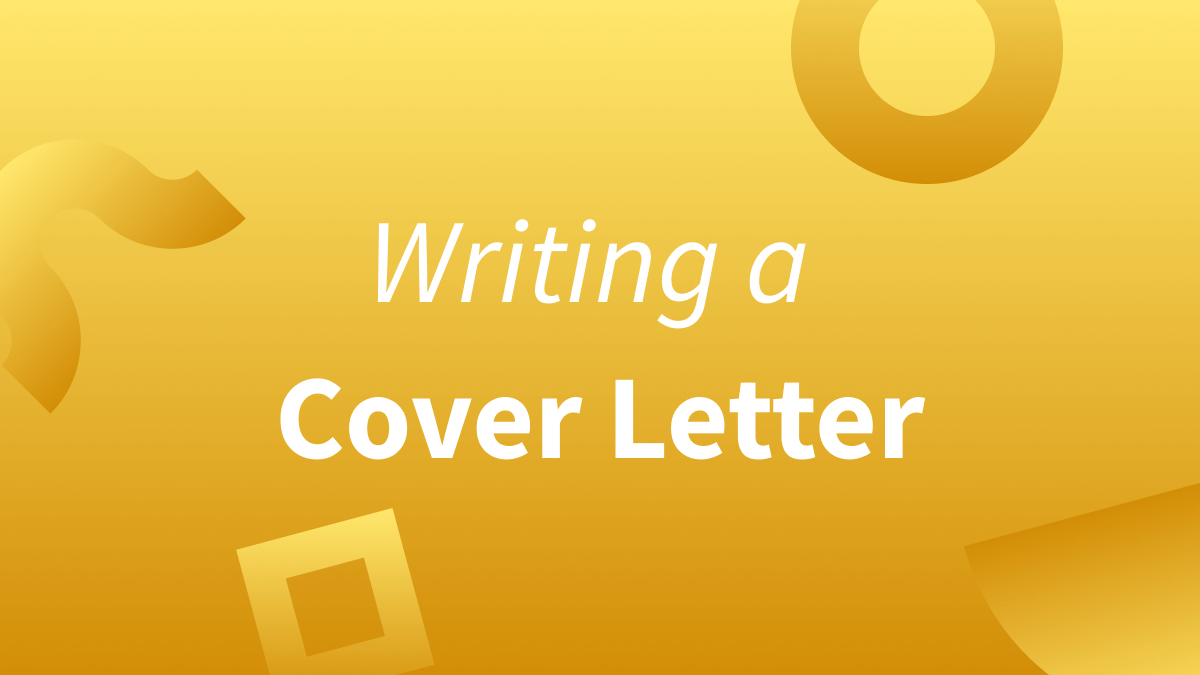Cover Letter Structure and Contents
 George Prosper
George ProsperTable of contents

So I have been struggling to get the right way to write a cover letter and I can run from it for a very long time until when I decided to go research and I feel great to share with you.
A cover letter is a document typically sent alongside a resume or job application to provide an introduction to the employer and highlight the candidate's qualifications and suitability for a particular position. While there is no rigid structure for a cover letter, it generally follows a specific format and includes the following sections:
Header:
Include your contact information (name, address, phone number, and email address) at the top of the letter. Below that, include the date and the employer's contact information (name, company name, address).
Salutation:
Address the letter to a specific person if possible, such as the hiring manager or recruiter. If the recipient's name is unknown, use a generic salutation like "Dear Hiring Manager" or "Dear [Company Name] Team."
Introduction:
Begin the letter with a clear and concise opening paragraph that states the purpose of your letter. Mention the specific job title or reference number you are applying for, and briefly explain how you learned about the opportunity.
Body paragraphs:
The body of the cover letter typically consists of two or three paragraphs. Use these paragraphs to highlight your qualifications, skills, and experiences that are relevant to the job you're applying for. Provide specific examples and achievements to demonstrate your abilities. Make sure to emphasize how your skills and experiences align with the requirements of the position and how you can contribute to the company.
Closing paragraph:
In the final paragraph, express your interest in the role and the company. Mention your enthusiasm for the opportunity to contribute and how you believe you can add value. You can also briefly summarize your key qualifications or reiterate your interest in the position.
Closing and signature:
End the letter with a professional closing, such as "Sincerely" or "Best regards." Leave space for your signature (if it's a printed letter) and type your full name below the closing.
Optional elements:
If relevant, you can include additional sections in your cover letter, such as:
References: If the job application requires references, you can mention that you have them available and provide contact information.
Availability: If you are applying for a part-time or temporary position, you can mention your availability or preferred schedule.
Enclosures: If you are including additional documents with your cover letter, such as a resume, references, or portfolio, you can mention them in this section.
Remember, it's essential to tailor your cover letter to each specific job application, highlighting the most relevant skills and experiences that make you a strong candidate. Keep the letter concise, focused, and free from errors by proofreading it thoroughly before sending it.
Subscribe to my newsletter
Read articles from George Prosper directly inside your inbox. Subscribe to the newsletter, and don't miss out.
Written by

George Prosper
George Prosper
Fullstack Javascript Developer (MERN Stack) Blockchain Smart Contract Developer